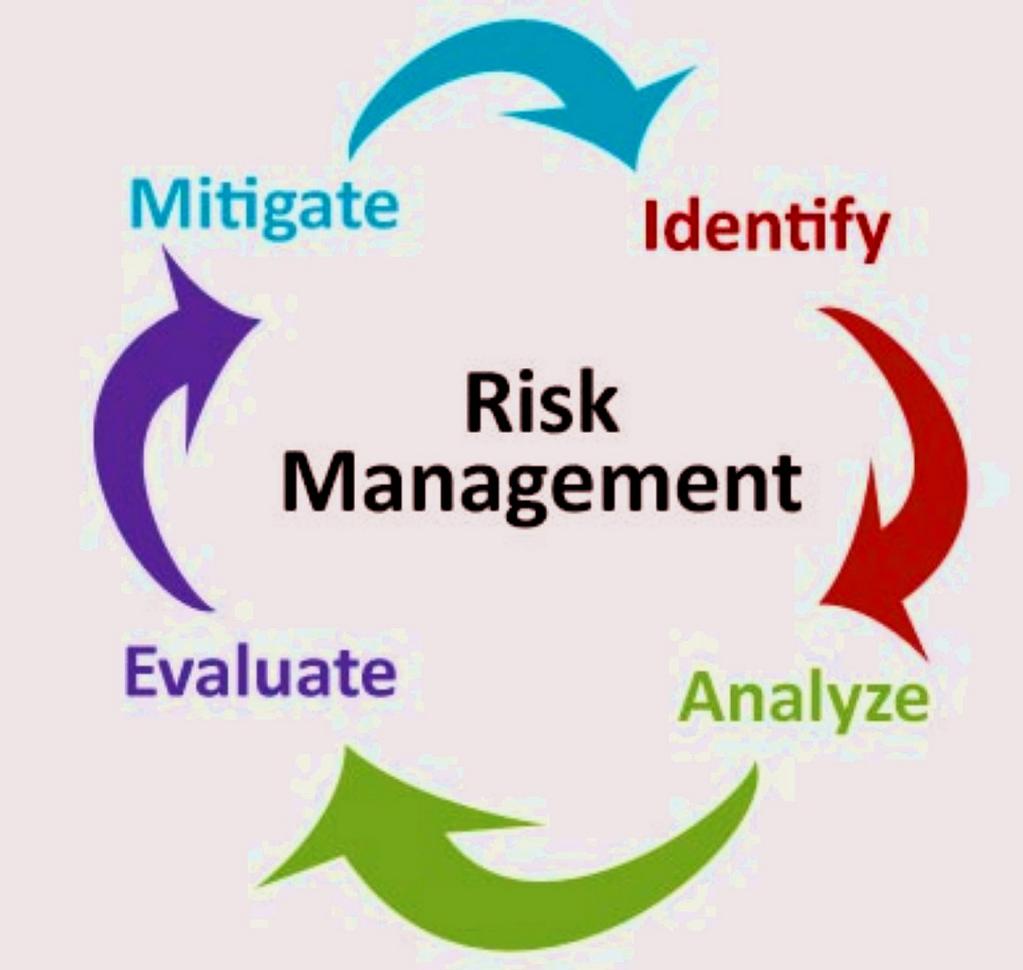People’s Bank of China open market operations are one tool used to manage liquidity
- rates may be cut this month reports the CSJ

It is a commonplace that risk management is critical to trading success. What constitutes good risk management, however, is anything but commonplace knowledge. Was VaR the number that killed us, as Pablo Triana claimed, or is it a useful, perhaps even indispensable, tool? Should risk management teams have their separate turf or should they be integrated with the trading desks? And what do you have to know to be a risk manager?
Davis W. Edwards addresses all of these questions, with particular emphasis on the third, in Risk Management in Trading: Techniques to Drive Profitability of Hedge Funds and Trading Desks (Wiley, 2014). The book is a useful self-study guide for those who aspire to become risk managers; each chapter ends with a set of questions to test the reader’s knowledge, and there is an answer key at the back of the book. It also goes a long way toward satisfying the curiosity of those who want to know just what it is that risk managers really do. It does not, however, directly address the concerns of the individual trader who wants to incorporate sound risk management principles into his business model.
After three preliminary chapters (on trading and hedge funds, financial markets, and financial mathematics) Edwards gets to the heart of the matter. He discusses backtesting and trade forensics; mark-to-market accounting; value-at-risk; hedging; options, Greeks, and non-linear risks; and credit value adjustments (CVA).
To give you a better sense of the level of the book—and so you can test your own skills—here are a few questions from the quizzes.

A long strangle is long one call at a higher strike and long one put at a lower strike in the same expiration and on the same stock. Such a position makes money if the stock price moves up or down well past the strike prices of the strangle. There are higher costs and risks with these strategies, as I discuss below.
Strangles are low risk plays, one side of the options will go up in value when the other side goes down in value the majority of the time.